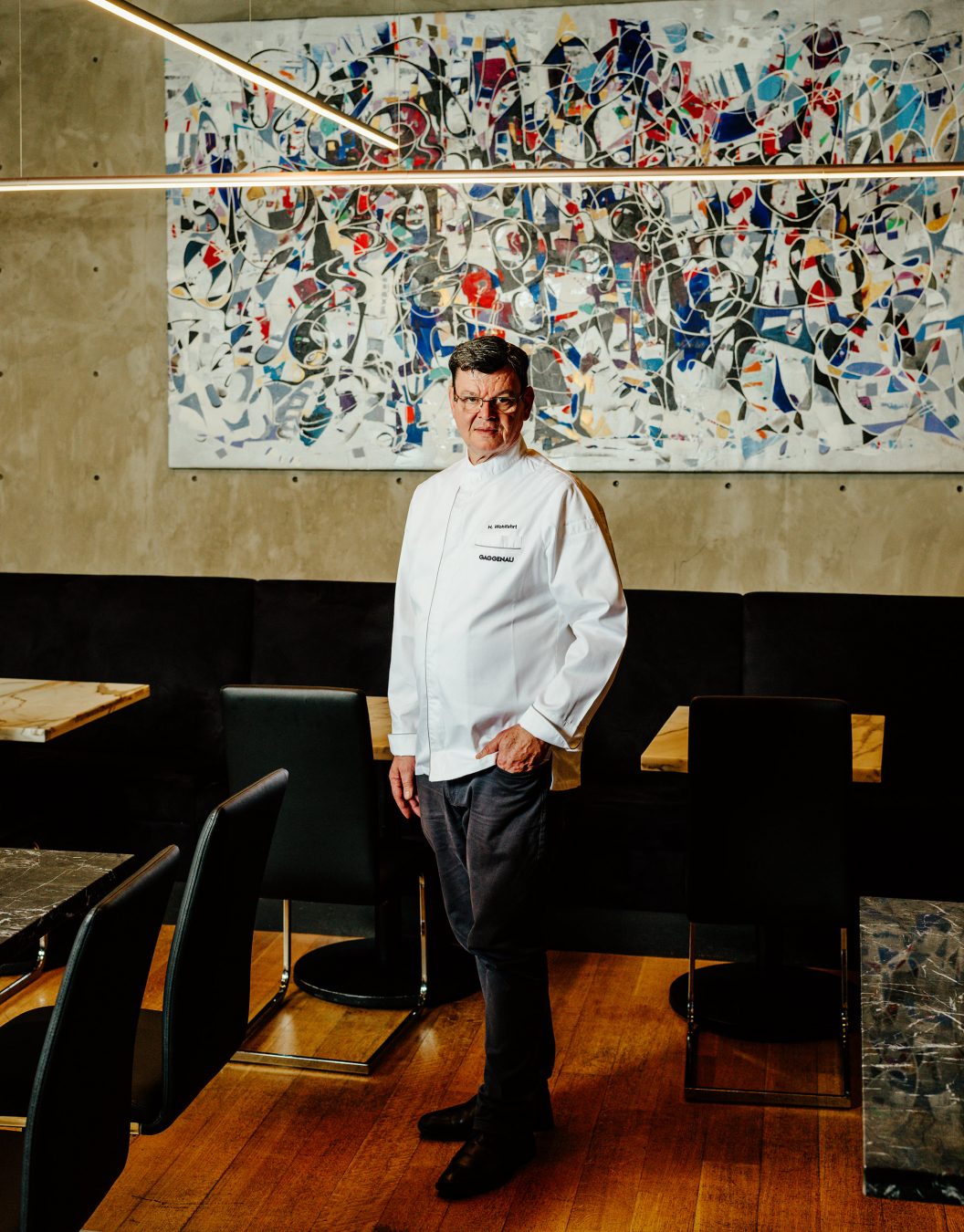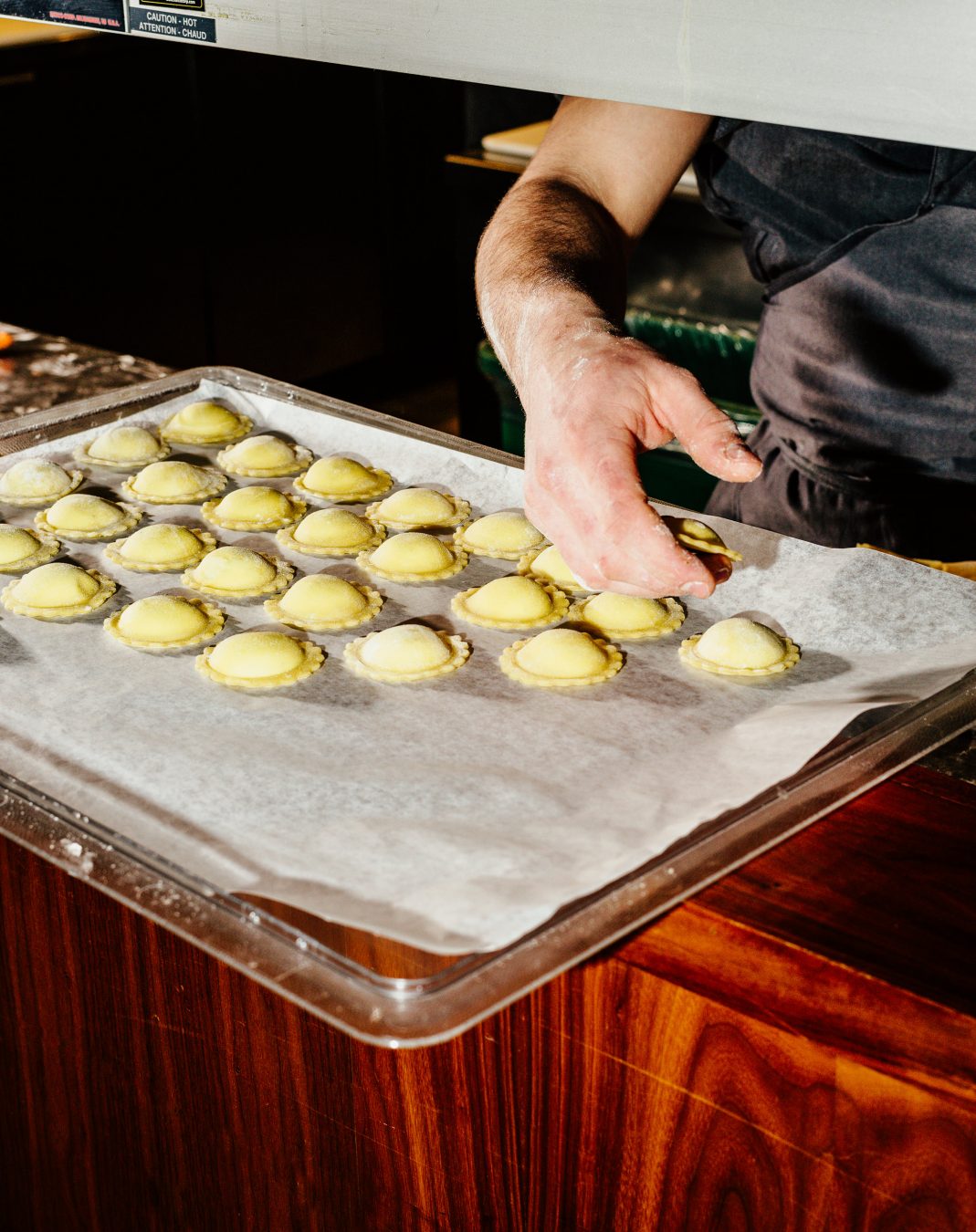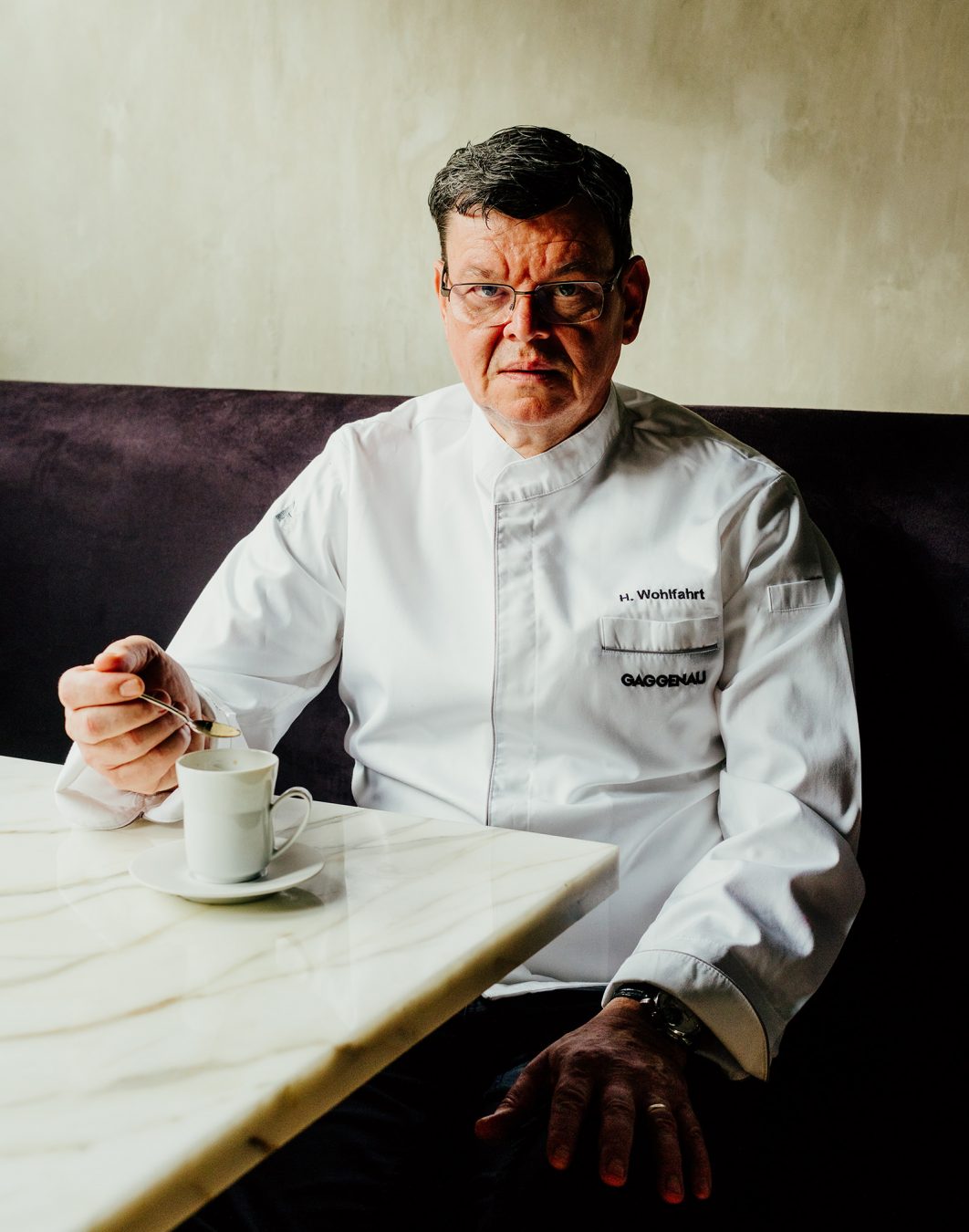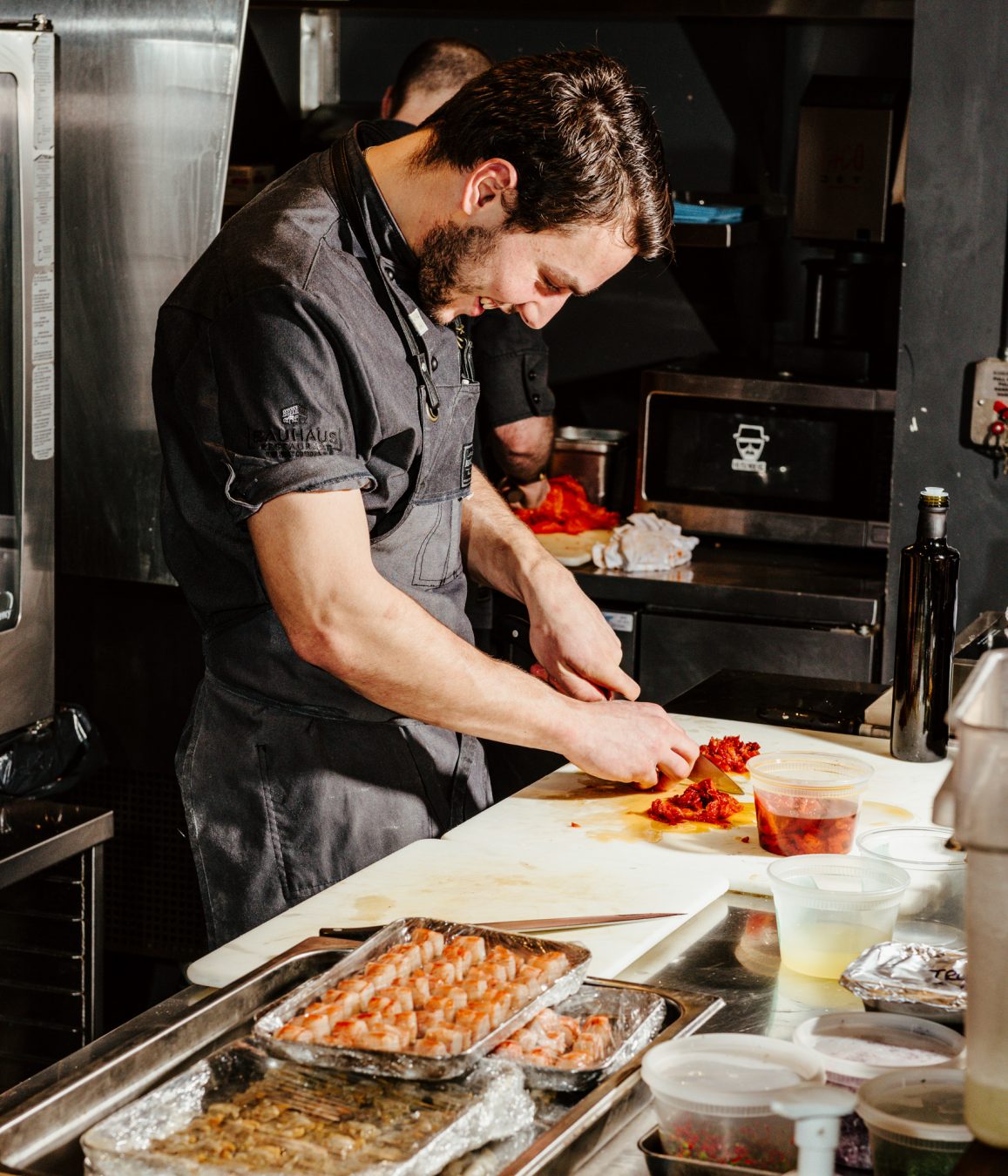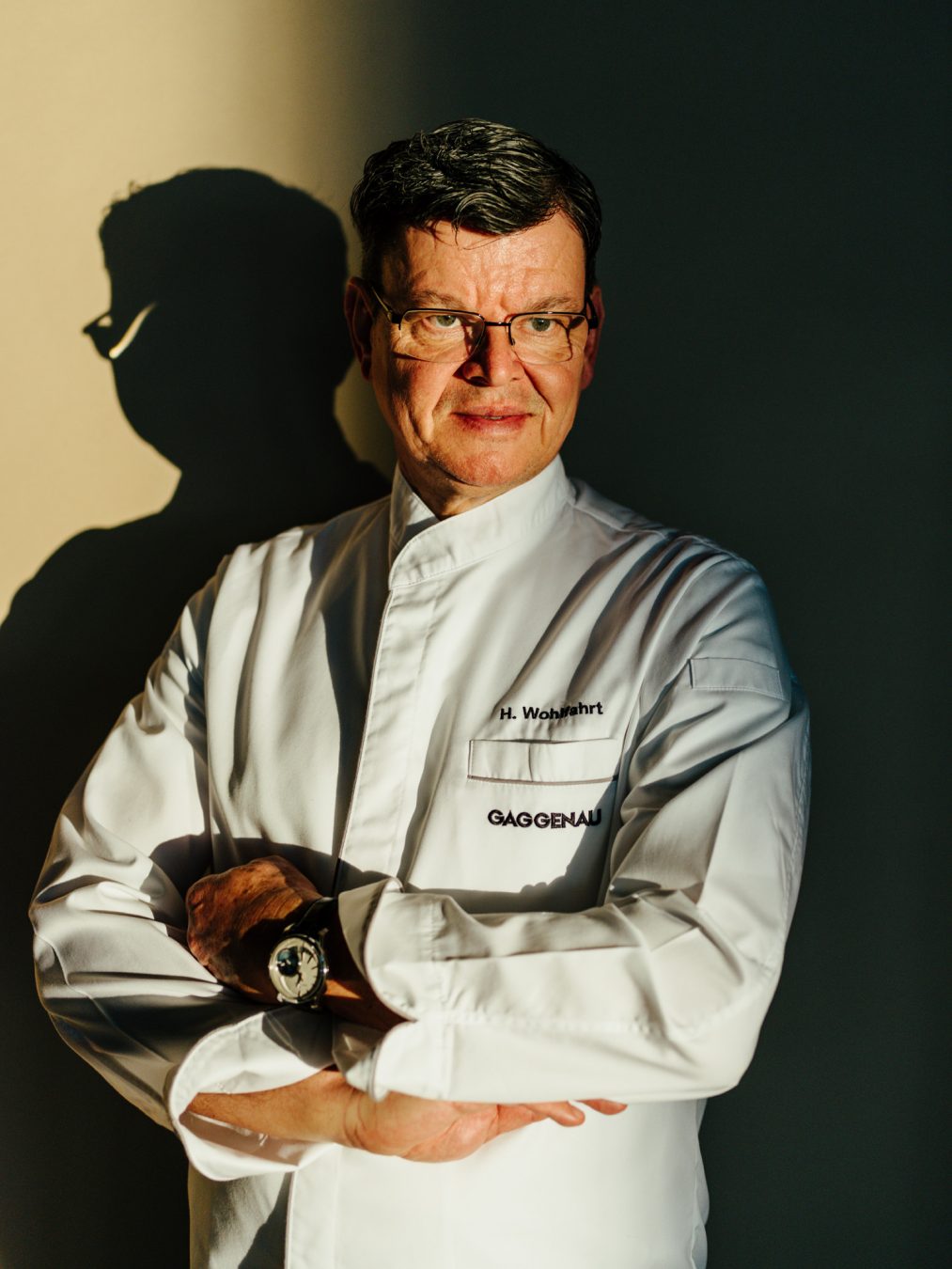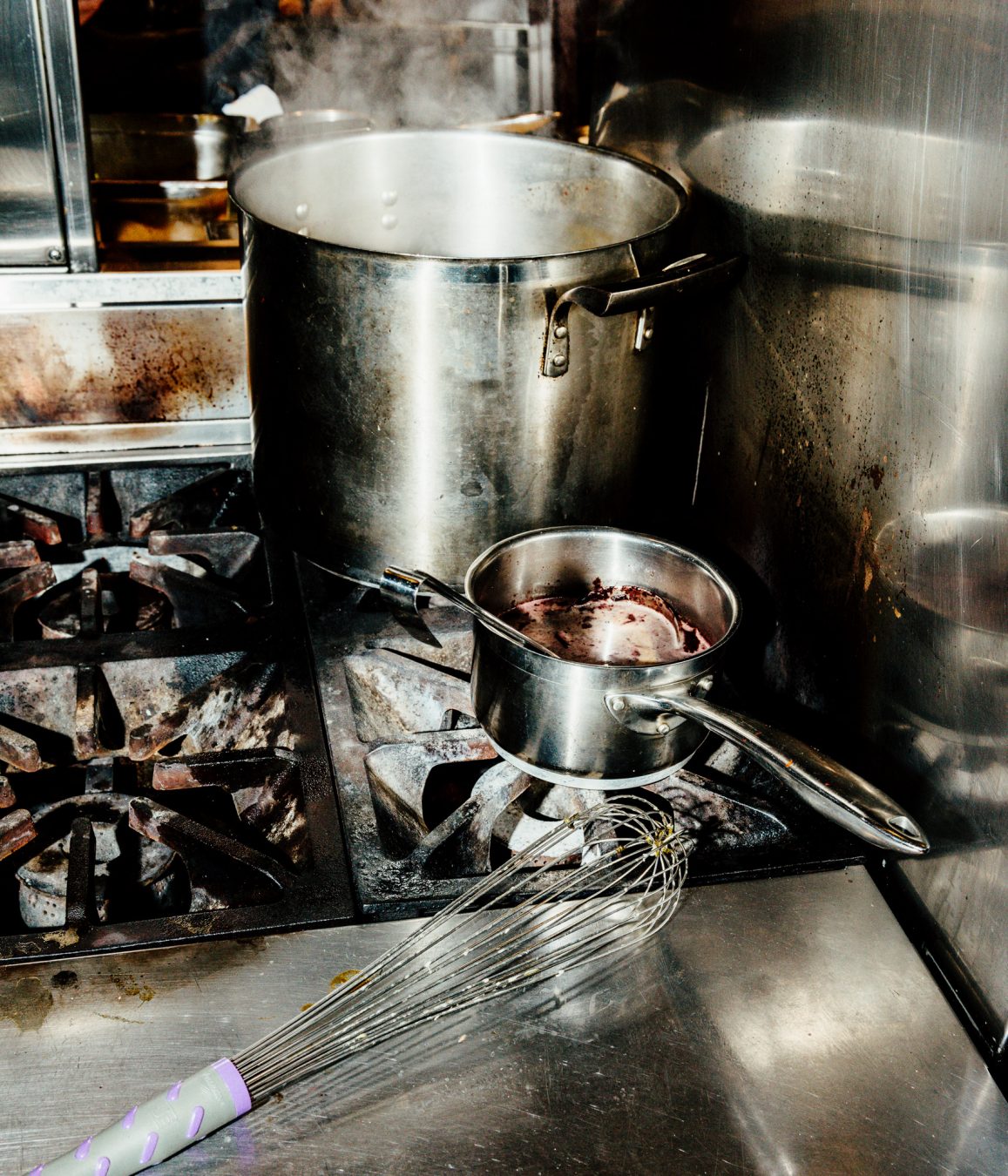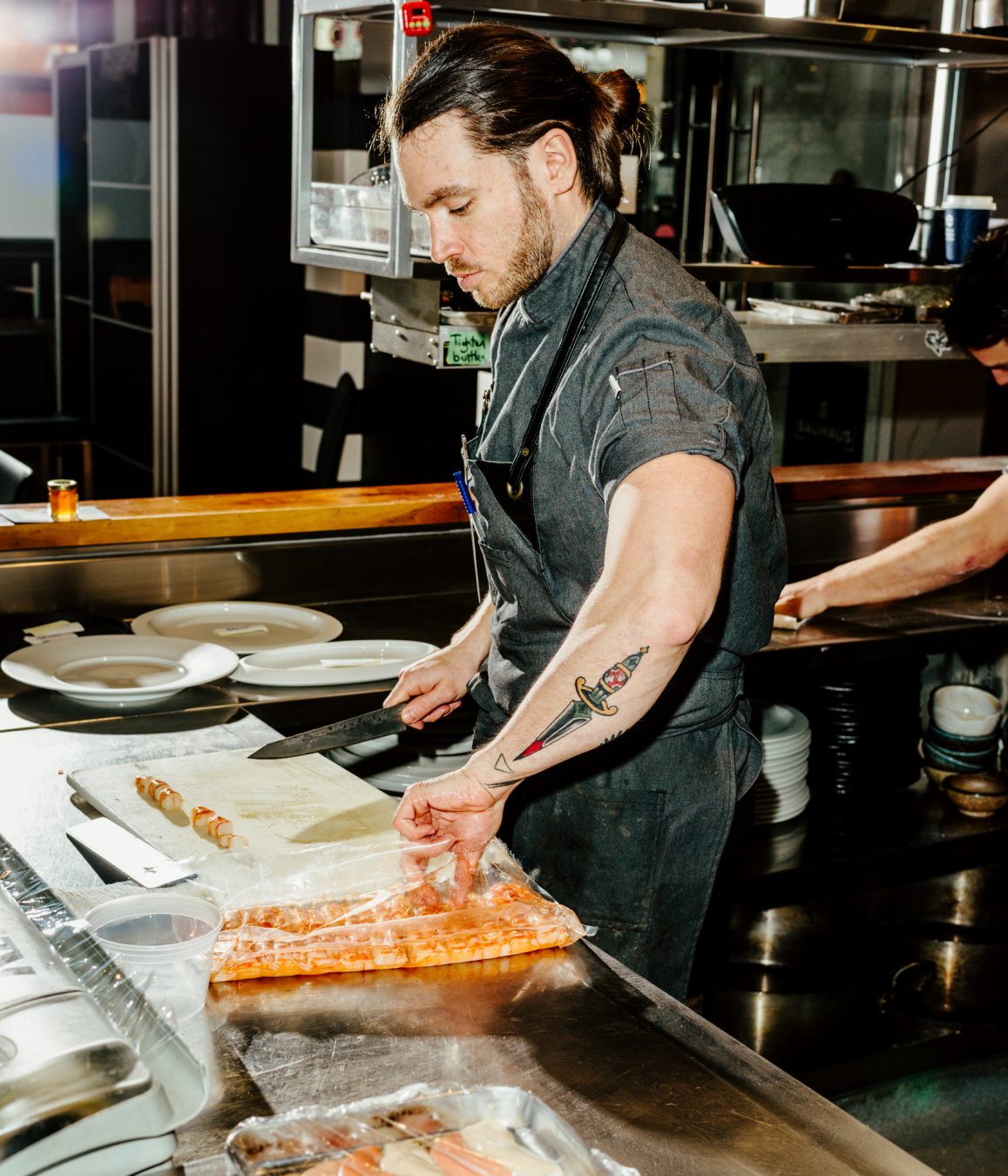Three Michelin stars: quite arguably the glittering apogee of the gastronomic firmament. Many chefs spend a lifetime pursuing this elusive Holy Grail of restaurant rankings issued by Guide Michelin; maintaining it demands a fine balance of flawless consistency and constant reinvention. Harald Wohlfahrt stands apart in the pantheon of culinary icons as the first German chef to retain a three Michelin-star ranking and the only to retain it for 26 consecutive years at legendary restaurant Schwarzwaldstube. Anchoring the precision and discipline that drive Wohlfahrt’s monumental success, however, is a deep-seated passion for food and an unswerving dedication to the regional ingredients that define his sense of place.
Wohlfahrt was born in the town of Loffenau, nestled in the lush rolling hills of Germany’s Black Forest. His grandparents were farmers, and his connection to the land was born from countless childhood days spent planting vegetables, feeding chickens, and helping with harvest. Wohlfahrt’s desire to continue working with and pay homage to the products he so lovingly tended ultimately became the catalyst for pursuing a career in the restaurant industry.
After a three-year cooking apprenticeship at Mönchs Waldhotel in Dobel in the northern part of the Black Forest, he spent two years as a commis on the line at Stahlbad Restaurant from 1974 to 1976. This short kitchen stint in Baden Baden’s two Michelin-starred Stahlbad was his first exposure to the rarified air of the fine dining world. After a brief time in Munich, Wohlfahrt’s next move was one that would forever alter the course of his career: he accepted a sous chef position at Baiersbronn’s historic Traube Tonbach hotel in 1977, where the hotelier at the time, Willi Finkbeiner, quickly spotted his immense talent.
Wohlfahrt completed his Master Chef certification in 1980 and spread his wings once more to intern with Alain Chapel at his eponymous three Michelin-starred restaurant in Mionnay near Lyon. He finally put down roots at Traube Tonbach’s gourmet restaurant Schwarzwaldstube later that year, taking the helm of the then two-starred restaurant as head chef (he left the position in May 2017).
The intimate 35-seat restaurant flourished under his creative control. Wohlfahrt’s relentless pursuit of excellence was rewarded with Chef of the Year honours from Gault & Millaut in 1991, a highly coveted third Michelin star for Schwarzwaldstube in 1992, and a 19.5 (out of 20) point Gault & Millaut rating for the restaurant in 2005. As a seminal architect of Germany’s fine-dining revolution, Wohlfahrt was lauded for his impeccable dishes steeped in classical technique and featuring ingredients emblematic of the region. “French haute cuisine focuses on spotlighting traditional ingredients like lobster, foie gras, and truffles in a fine dining context,” he explains through a translator. “But now every product can play a part in a Michelin-starred menu because the worshipping is different. There are so many other great products out there that deserve the same amount of work to attain the finest expression of the ingredient.”
Wohlfahrt’s innate understanding of seasonality, regionality, and sustainability was bred in the bone, and his menu at Schwarzwaldstube uncompromisingly embodied the locavore movement long before it became part of the gastronomic lexicon. Working with local farmers, purveyors, and foragers was a generations-old point of form rather than a trend. “Products grown around me made the most sense in reflecting German culture and tradition,” he says. “The further away you go from the Black Forest, there’s less and less of a connection to the terroir and sense of place. Iconic regional ingredients such as white asparagus, cherries, and chevreuil can be obtained elsewhere, but they’re never as good as what’s locally grown or foraged.”
One particularly noteworthy challenge in Wohlfahrt’s storied career involved a different kind of star: in 2008, he began developing meals for astronauts aboard the International Space Station. He crafted hearty rustic dishes for feasting in the thermosphere to alleviate the culinary doldrums of bland freeze-dried meals, but had to do so within a strict set of parameters. Vitamin D was added to the food as compensation for lack of sunlight, and salt was minimized as it accelerates bone loss in zero gravity—but Wohlfahrt ensured that the dishes were highly seasoned to counteract the astronauts’ dulled senses of taste during space travel. Particularly formidable was the restriction of not using sauce; spills are potentially catastrophic in a weightless environment filled with sensitive electronic equipment. Each dish had to be preserved for a minimum one-year shelf life and packaged in an exceptionally light tin can that could withstand the significant pressure of travelling beyond the Earth’s atmosphere. After 18 months of research and development, Wohlfahrt’s offering of gourmet Space Food included Swabian potato soup, braised veal cheeks with wild mushrooms, and plum compote for dessert.
“It’s important to look back while looking forward, developing and improving upon past successes in the renewed context of the zeitgeist.”
An invitation from Uwe Boll, German film director and owner of Gastown’s Bauhaus, brought Wohlfahrt to Vancouver in late January 2018 for two exclusive collaboration dinners with the restaurant’s executive chefs Tim Schulte and David Mueller. It was Wohlfahrt’s first visit to the city, and he wholeheartedly embraced the chance to explore its indigenous ingredients; he was especially impressed by the readily available bounty of British Columbia’s ocean waters. “It’s a rare opportunity to work with such a wonderful variety of fresh seafood, as most of the seafood I cook with in Germany is frozen,” Wohlfahrt says. “All the fresh fish and shellfish available from local fishmongers—abalone, Dungeness and king crab, eel, so many different types of fish—it really is a culinary paradise.”
Wohlfahrt’s amuse bouche for the ticketed dinners was an exquisite tribute to Vancouver’s pristine seafood. He created a shellfish consommé jelly, elegantly light with remarkable clarity of flavour, and studded it with tender morsels of abalone, razor clam, Manila clam, scallops, and red prawns. Avocado crème, sea beans, and chive-infused balsamic pearls rounded out this impeccably balanced, beautifully plated dish. “The way chef Wohlfahrt works and the way he crafts a menu is very classic—it reminded me that sometimes less is more,” reflects Bauhaus chef Schulte. “And it was great to watch him use cooking techniques that aren’t often used since sous vide was invented, which is kind of sad because the real cooking basics sometimes get lost [in favour of new innovation]. I was honoured to cook with a legendary, one-of-a-kind chef.”
A cornerstone of Wohlfahrt’s gastronomic legacy is the wisdom and inspiration he has imparted to the next generation over his 48 years in the restaurant industry. At least 30 chefs who worked under his mentorship have successfully attained Michelin stars of their own, and cooks who trained with Wohlfahrt in Baiersbronn lead five of the nine other restaurants in Germany with a three Michelin star ranking.
As his home country’s most influential chef, Wohlfahrt’s success in developing world-class culinary talent is indisputable—but he consistently demands as much of himself as he does of his protégés. “It’s important to look back while looking forward, developing and improving upon past successes in the renewed context of the zeitgeist,” he asserts. “It’s how I incorporate and adapt while still staying true to my style.” The epicurean road ahead of Wohlfahrt is wide open and filled with promise, and it’s hard to imagine that his next project will be anything less than stellar.
There’s more food where this came from.

